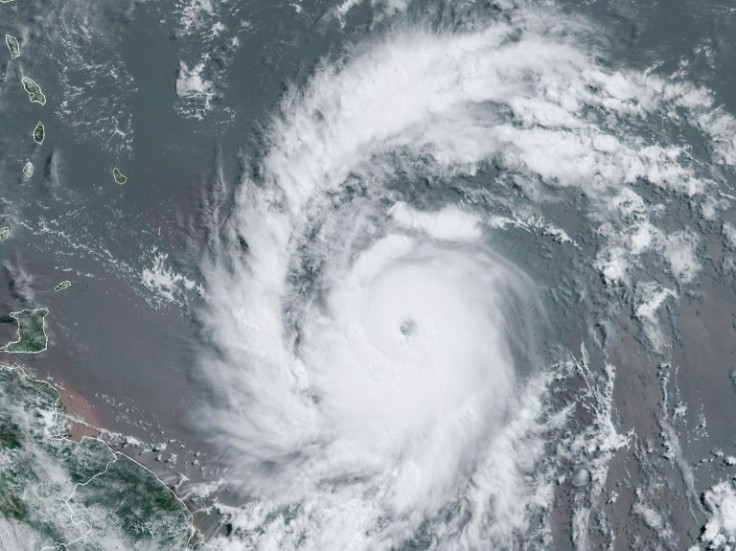
Authorities throughout Texas are urging coastal residents to brace for the landfall of Beryl, as the storm is regaining strength and could hit the state as a hurricane after going through the Gulf of Mexico.
Officials told people they should prepare for flooding, heavy rain and wind as the path of the storm continues to form. Some called for voluntary evacuation in low-lying areas prone to flooding.
"We're expecting the storm to make landfall somewhere on the Texas coast sometime Monday, if the current forecast is correct," said Jack Beven, a senior hurricane specialist at Miami's National Hurricane Center. He added that it's most likely to be a Category 1 hurricane.
Should that be the case, it will be much weaker than when it hit Caribbean islands earlier this week. Beryl was the earliest storm to become a Category 5 hurricane in the Atlantic in any season, causing 11 deaths across Venezuela, Jamaica, St. Vincent and the Grenadines, Grenada and Barbados as a result. It also hit Mexico as a Category 2, being strong enough to topple trees but not causing injuries or deaths before weakening.
Studies have shown that climate change is one of the main factors of the appearance of such a strong storm so early in the hurricane season. Climate change is raising the likelihood that tropical storms and hurricanes rapidly intensify compared to decades ago, and they are making leaps in intensity too.
Texas Lt. Gov. Dan Patrick, the acting Governor while Greg Abbott travels to Taiwan, issued a preemptive disaster declaration for 121 counties. "Beryl is a determined storm, and incoming winds and potential flooding will pose a serious threat to Texans who are in Beryl's path at landfall and as it makes its way across the state for the following 24 hours," Patrick said in a statement.
Earlier this year, National Oceanic and Atmospheric Administration forecasters at the Climate Prediction Center predicted an above-normal hurricane season for 2024 which runs from June 1 to November 30 each year.
The NOAA is forecasting a range of 17 to 25 total named storms, or storms that reach winds of 39 mph or higher. Out of those, eight to 13 are expected to become hurricanes (winds of 74 mph or higher), including four to seven major hurricanes (Category 3, 4 or 5 with winds of 111 mph or higher).
On average, a normal hurricane season consists of 12 tropical storms and only six of them tend to become hurricanes over the Atlantic Ocean, Caribbean Sea or the Gulf of Mexico. In the Pacific Ocean that number is lower, with an average of three tropical storms, out of which only an average of two become hurricanes.
© 2025 Latin Times. All rights reserved. Do not reproduce without permission.




